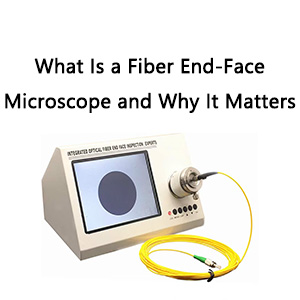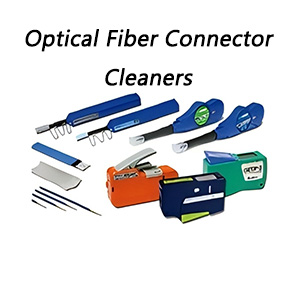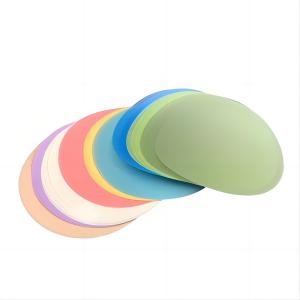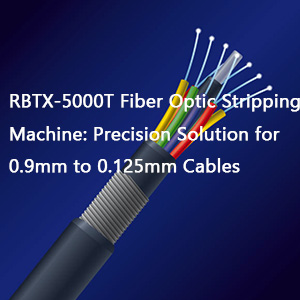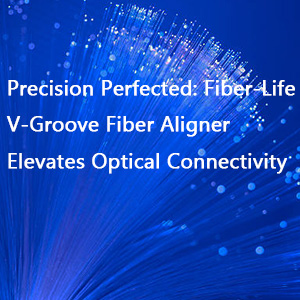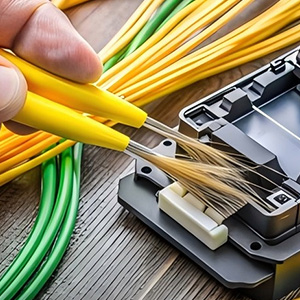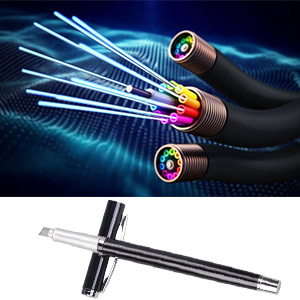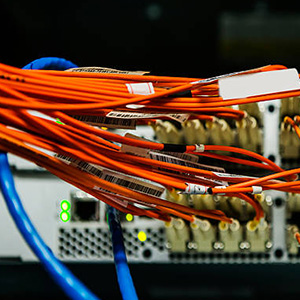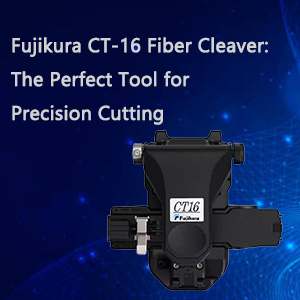Fiber Polishing Pads isn’t just about aesthetics—it’s a critical step to ensure light signals transmit with minimal loss. And behind every flawless polish is a small but essential tool: the fiber polishing pad. Without it, even the best polishing film can’t perform to its potential.
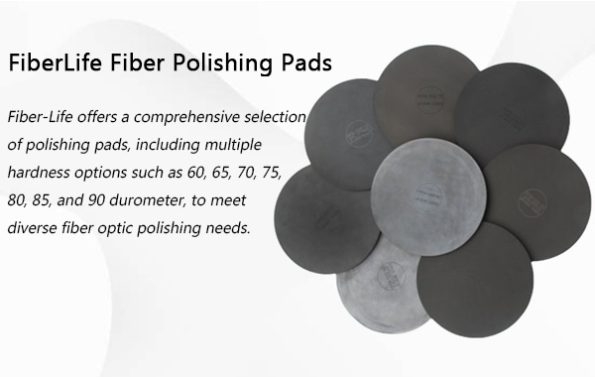
So, what makes these pads so important, and how can you choose the right one for your application? Let’s break it down in plain terms.
Why Fiber Polishing Pads Matter More Than You Think
A fiber polishing pads is the support layer beneath the polishing film, responsible for distributing pressure evenly and maintaining surface flatness during the connector polishing process. This seemingly simple tool helps shape the fiber end-face for optimal geometry—minimizing back reflection and signal loss.
Made from durable and high-quality materials, these pads help achieve consistent, repeatable results in both manual and automated polishing environments. Whether in production lines, labs, or field assembly stations, polishing pads are a core part of every technician’s toolkit.
Understanding Hardness Levels: What Durometer Tells You
Not all polishing pads are created equal. One key specification is durometer—a measure of hardness that affects how much the pad compresses during use.
Fiber-Life offers a wide selection of durometer options:
| Durometer Rating | Application Scenario |
|---|---|
| 60–65 | Suitable for APC polishing where some pad give is needed |
| 70–75 | Balanced for most SM/MM connector polishing tasks |
| 80–85 | Ideal for tight-tolerance polishing fixtures |
| 90 | Offers minimal flex for ultra-flat surface polishing |
By selecting the right hardness, you can optimize pressure distribution and fiber end-face geometry across a variety of polishing applications.
Choosing the Right Pad for Your Polishing Setup
Here’s how to ensure the pad you use matches your workflow:
- Manual polishing: Softer pads (60–70 durometer) are forgiving and help apply even pressure when working by hand.
- Machine polishing: Harder pads (75–90 durometer) deliver the stability needed for precision alignment under polishing pressure.
- Connector type: For MPO or multi-fiber connectors, combining hard base pads with softer subpads can help manage pressure across multiple contact points.
Also, don’t forget to pair your pads with compatible polishing films and fixtures for optimal performance.
Practical Use and Maintenance Tips
To extend pad lifespan and maintain polishing quality:
- Clean after each session using lint-free wipes or air blowers.
- Avoid abrasive contamination—even small particles can ruin end-face geometry.
- Rotate or flip pads (if reversible) to distribute wear evenly.
- Replace pads if you notice uneven polishing results or visual defects.
A well-maintained pad saves time and reduces connector rework rates—an important factor for any high-throughput production environment.
Fiber-Life Fiber Polishing Pads: Built for Reliability
At Fiber-Life, we understand that every polishing task demands precision. That’s why we offer a full range of fiber polishing pads across multiple hardness levels—from 60 to 90 durometer. Designed for use with G657A1 single-mode fiber and suitable for SM, MM, APC, and UPC applications, our pads are trusted in:
- Production lines
- Connector assembly workshops
- R&D fiber labs
- FTTH installation projects
Need a custom pad thickness, size, or material blend? Contact us at sales@fiber-life.com and we’ll help you build the perfect solution, or Explore high-quality Fiber Optic Splicing.
A Simple Tool with a Serious Impact
You may not see them in the spotlight, but fiber polishing pads are essential for achieving high-performance optical connections. When paired with the right polishing films and process, they ensure each fiber connector performs at its best—with minimal insertion loss and maximum signal clarity.
Don’t let a poor polishing base compromise your network. Choose the right pad, maintain it well, and polish like a pro.

